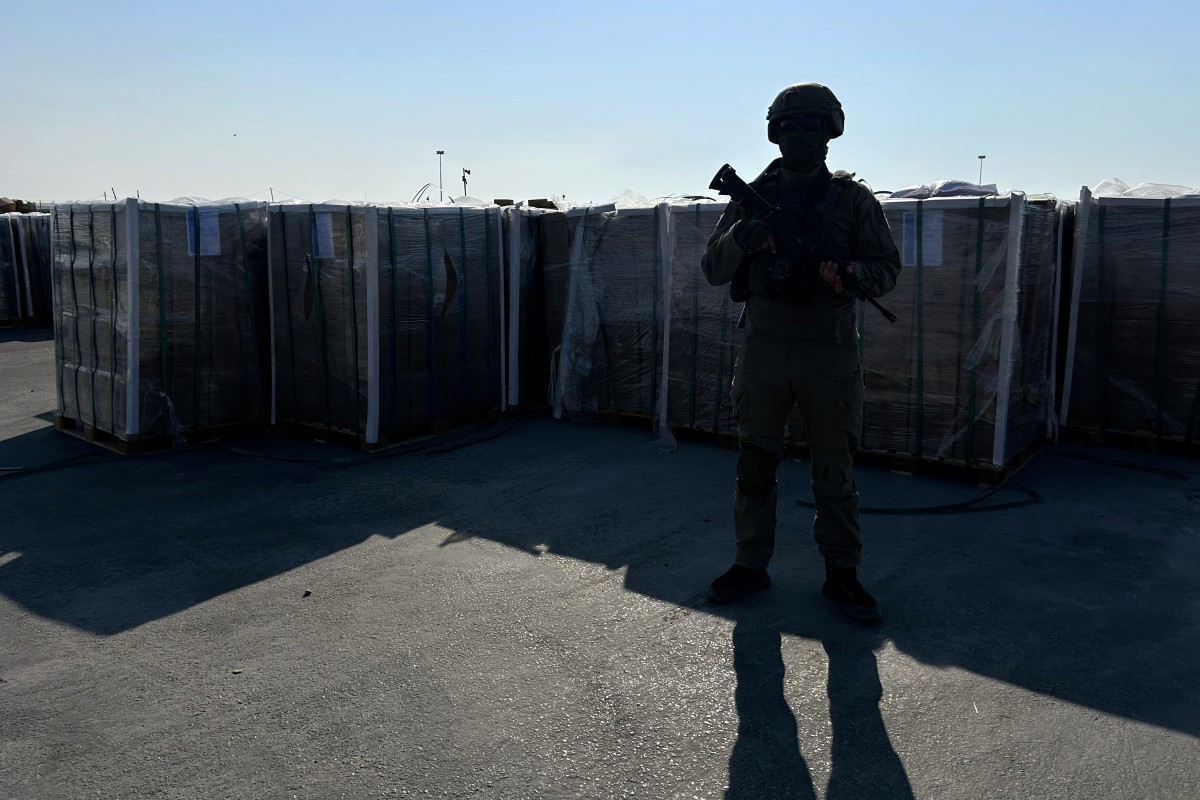United Nations, United States – Ever since the partition of Palestine into Jewish and Arab states in 1947, the United Nations has been inextricably linked to the fate of Palestinians, with the organization meeting this week hoping to revive the two-state solution.
Partition
In November 1947, the UN General Assembly adopted Resolution 181 dividing Palestine — which was then under British mandate — into Jewish and Arab states, with a special international zone for Jerusalem.
Zionist leaders accepted the resolution, but it was opposed by Arab states and the Palestinians.
Israel declared independence in May 1948, triggering the Arab-Israeli war which was won convincingly by Israel the following year.
Around 760,000 Palestinians fled their homes or were expelled — an event known as the “Nakba,” Arabic for “catastrophe,” which the United Nations only officially commemorated for the first time in May 2023.
Self-determination
In the aftermath of the Six-Day War of 1967, the UN Security Council adopted Resolution 242, which called for the withdrawal of Israeli forces from territories occupied during the conflict, including the West Bank, Gaza and east Jerusalem.
But linguistic ambiguities between the English and French versions of the resolutions complicated matters, making the scope of the required withdrawal unclear.
In November 1974, Yasser Arafat, head of the Palestine Liberation Organization (PLO), gave his first speech to the UN General Assembly in New York, saying he carried both “an olive branch and a freedom fighter’s gun.”
Days later, the UN General Assembly recognized the Palestinians’ right to self-determination and independence. It granted UN observer status to the PLO as a representative of the Palestinian people.
Oslo talks, without UN
One of the strongest peace initiatives did not come from the United Nations.
In 1993, Israel and the PLO — which in 1988 unilaterally declared an independent State of Palestine — wrapped up months of secret negotiations in Norway’s capital Oslo.
The two sides signed a “declaration of principles” on Palestinian autonomy and, in 1994, Arafat returned to the Palestinian territories after a long exile and formed the Palestinian Authority, the governing body for the Gaza Strip and the West Bank.
US role
UN Security Council decisions on how to treat the Palestinians have always depended on the position of the veto-wielding United States.
Since 1972, Washington has used its veto more than 30 times to protect its close ally Israel. But sometimes, it allows key resolutions to advance.
In March 2002, the Security Council — at Washington’s initiative — adopted Resolution 1397, the first to mention a Palestinian state existing alongside Israel, with secure and recognized borders.
In December 2016, for the first time since 1979, the Council called on Israel to stop building settlements in the Palestinian territories — a measure that went through thanks to a US abstention, just before the end of Barack Obama’s White House term.
And in March 2024, another US abstention — under pressure from the international community — allowed the Security Council to call for an immediate ceasefire amid Israel’s offensive on Hamas in Gaza, sparked by the militants’ October 7 attack.
That measure came after the United States blocked three similar drafts.
Towards recognition?
In 2011, Palestinian Authority president Mahmoud Abbas initiated the process of requesting membership of the State of Palestine to the UN, which required a positive recommendation from the Security Council, followed by a favorable vote from the General Assembly.
In the face of opposition from the United States, the process was halted even before a vote in the Council.
The following year, the General Assembly granted the Palestinians a lower status as a “non-member observer State.”
In April 2024, the Palestinians renewed their request to become a full-fledged member state, but the United States vetoed it.
If the Palestinian request had cleared the Security Council hurdle, it would have had every chance of being approved by the necessary two-thirds majority in the Assembly.
According to an AFP database, at least 142 of the 193 UN member states unilaterally recognize a Palestinian state.
In the absence of full membership, the Assembly granted the Palestinians new rights in 2024, seating them in alphabetical order of states, and allowing to submit resolution proposals themselves for the first time.








